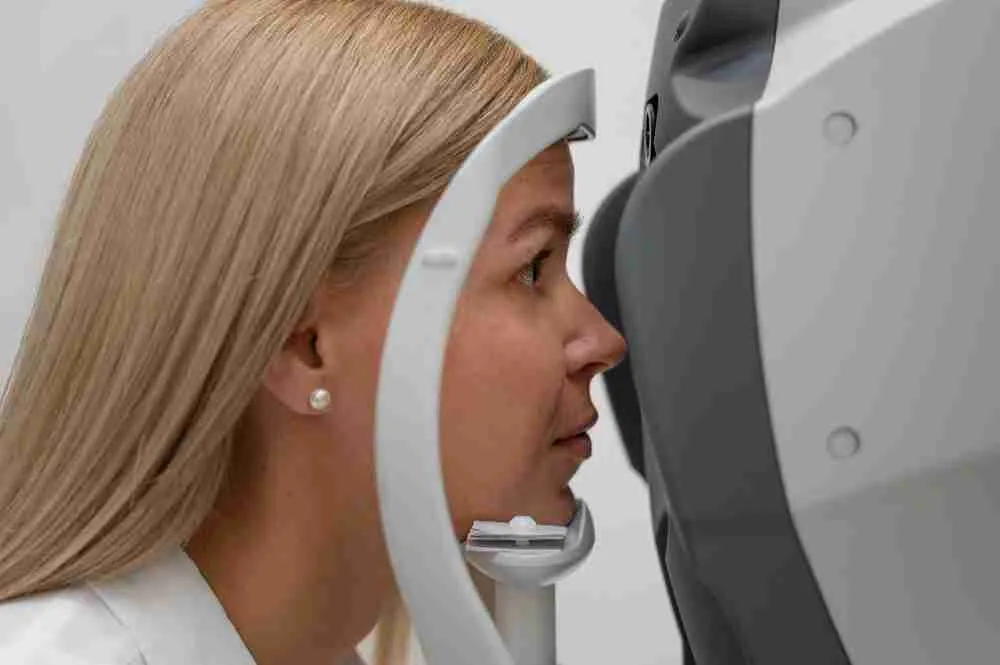One of the most delicate parts of our body, the eyes are susceptible to myriad afflictions. One such affliction is the Blepharitis which is eyelid inflammation.
Blepharitis causes red, irritated, swollen, burning and itchy eyes because of oily particles and bacteria coating the eyelid margin near the base of the eyelashes. A common and non-contagious disorder, it affects people of all ages. However it frequently occurs in people who have oily skin, dandruff or dry eyes.
The two basic forms of Blepharitis are Anterior Blepharitis and Posterior Blepharitis. Anterior Blepharitis affects the outside of the eyelids where the eyelashes are attached and is usually caused by bacteria (staphylococcal blepharits) or dandruff of the scalp and eyebrows (seborrheic blepharitis). Sometimes it may also be caused by viral infection. If ignored it may lead to thickened and misdirected eyelids, vision problems and damaged cornea. Posterior Blepharitis is caused by the irregular oil production by the meibomian glands of the eyelids. The favorable environment thus created causes bacterial growth. Acne rosacea and scalp dandruff may also cause Posterior Blepharitis.
Besides the causes listed above Blepharitis may also be caused by Seborrheic dermatitis, which is the dandruff of the scalp and eyebrows, eyelash mites and allergic reactions to cosmetics or medications.
Blepharitis, ulcerative in nature, is another form. This is usually recognised by hard crusts and matted around the eyelashes. If the crusts are removed, it may open sores and bleeding can occur. If this happens, then it is diagnosed as chronic tearing which leads to loss of eyelashes and the cornea maybe inflamed as well.
Although a close examination of the eyelids, eyelashes and skin texture is usually enough to diagnose Blepharitis, the doctor may also check your vision, eye pressure and may also perform a slit-lamp microscopic exam. Patient history is usually very useful for diagnosis. Other than that evaluation of the eye lid margins, base of the eyelashes and meibomian gland openings may also be done using bright light and magnification.
Treatment of Blepharitis basically consists of keeping the eyelids clean and free of crusts depending on the various causes.
- Warm compresses followed by gentle scrubbing of the eyelids with a mixture of water and baby shampoo help to loosen the crusts gently.
- Massaging the eyelids to clean the accumulated oil.
- Artificial tear solutions or antibiotic ointments may help.
- Limiting or stopping the usage of contact lenses and eye makeup may be required temporarily.
- Using an anti-dandruff shampoo for the scalp may help in alleviating the condition.
- Nutritional therapy may also help since meibomian gland blepharitis is sometimes caused by the imbalance of omega fatty acids in the body.
Relapses are very common in case of Blepharitis and it is seldom cured permanently.
Most of the times it is a chronic condition. However, with simple and sufficient self-care, Blepharitis can be easily prevented. Frequent scalp washes with antibacterial shampoo, face and eyebrow cleansing, warm compresses on eyes and gentle eyelid scrubs all help in preventing Blepharitis from occurring.
Also Read: Sunken Eyes: Causes, How they look and Treatments

Reviewed by







